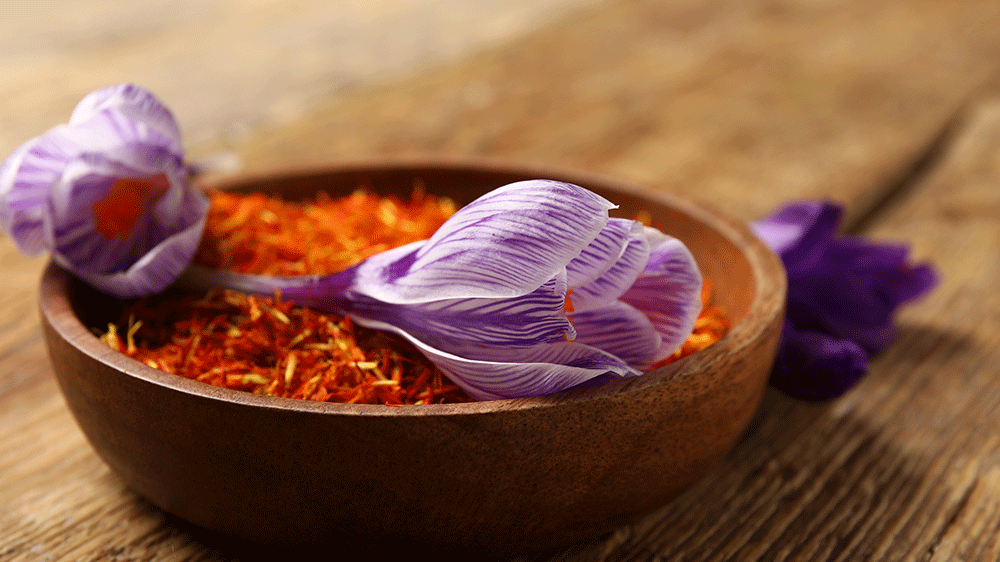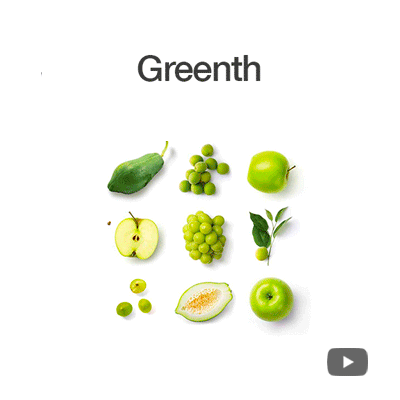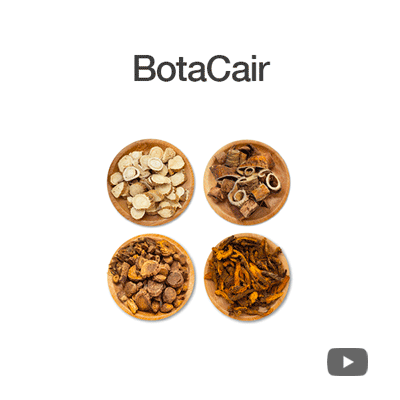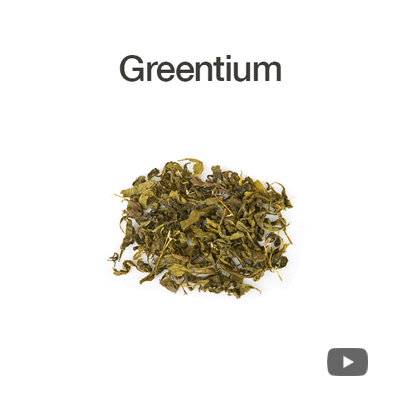Saffron Extract
#saffron #anti-aging #wound healing

- INCI Name
- Crocus Sativus Flower Extract
- IECIC Name
- CROCUS SATIVUS FLOWER EXTRACT
- Efficacy
- Wound Healing, Anti-aging, Anti-oxidant, Anti-inflammation
- Certification
-

Known to be native to the Mediterranean coast, Asia Minor, and Iran, saffron has long been cultivated in Iran and Kashmir. Saffron has been used for many generations and is still the world’s most expensive spice from ancient times to now. The name saffron is mentioned in the Old Testament 4:14 of ‘Song of Solomon’. King Solomon compares his bride's beauty to saffron to tell the good scent. Saffron is also used to dry the golden tip of the pistil head to create the taste or color of the food.
Many studies on the medicinal properties of saffron have indicated that saffron has an anti-oxidant activity which is mostly due to the presence of crocinas a unique carotenoid. The anti-inflammatory potential of saffron is surely related to its strong antioxidant and radical scavenging virtues, which seem to chiefly ascribe to crocetinand crocins. It is also reported that saffron flower extract significantly enhanced cell migration and proliferation as shown by an improved wound closure, an increased incorporation of BrdU, and augmented VEGF levels.
- Recommended Product
-
 #4 green fruits #skin exfoliation #skin barrier Greenth
#4 green fruits #skin exfoliation #skin barrier GreenthCarica Papaya (Papaya) Fruit Extract, Pyrus Malus (Apple) Fruit Extract, Prunus Mume Fruit Extract, Vitis Vinifera (Grape) Fruit Extract
-
 #lotus leaf #anti-pollution #anti-senescence Leafresh
#lotus leaf #anti-pollution #anti-senescence LeafreshNelumbo Nucifera Leaf Extract
-
 #4 TKM plants #hair care #scalp care BotaCair
#4 TKM plants #hair care #scalp care BotaCairSophora Flavescens Root Extract, Scutellaria Baicalensis Root Extract, Coptis Japonica Root Extract, Morus Alba Bark Extract
-
 #green tea #well-aging #anti-aging Greentium
#green tea #well-aging #anti-aging GreentiumAspergillus/Camellia Sinensis Leaf Ferment Extract
- Product Inquiry







